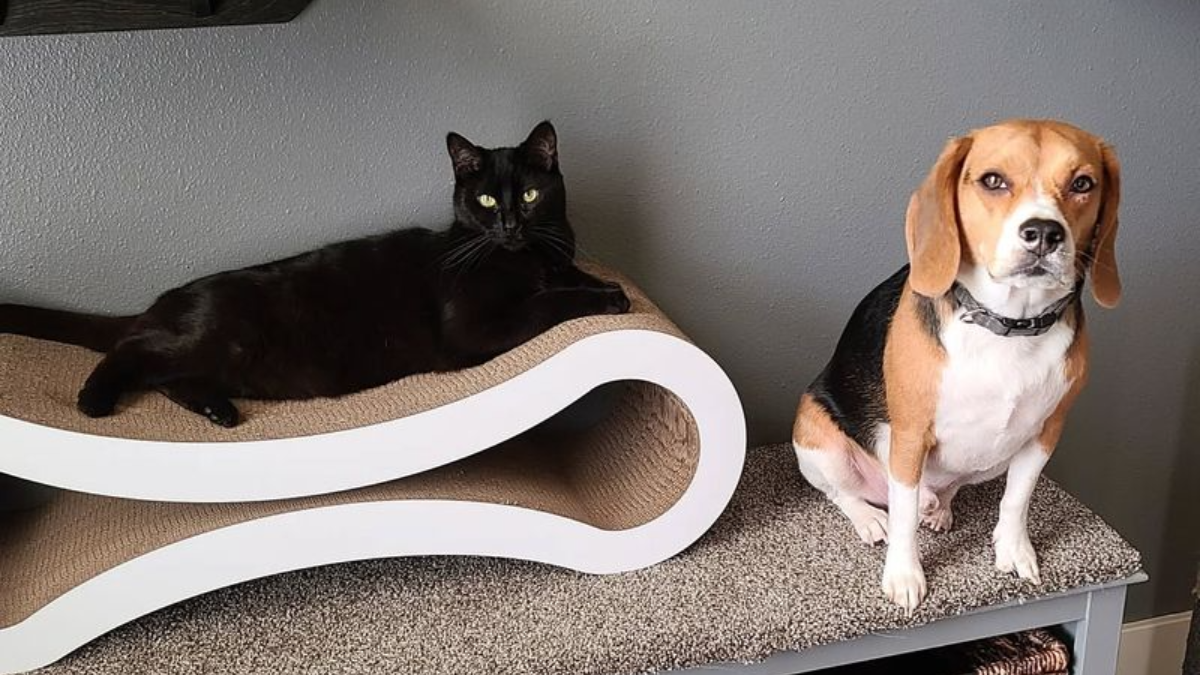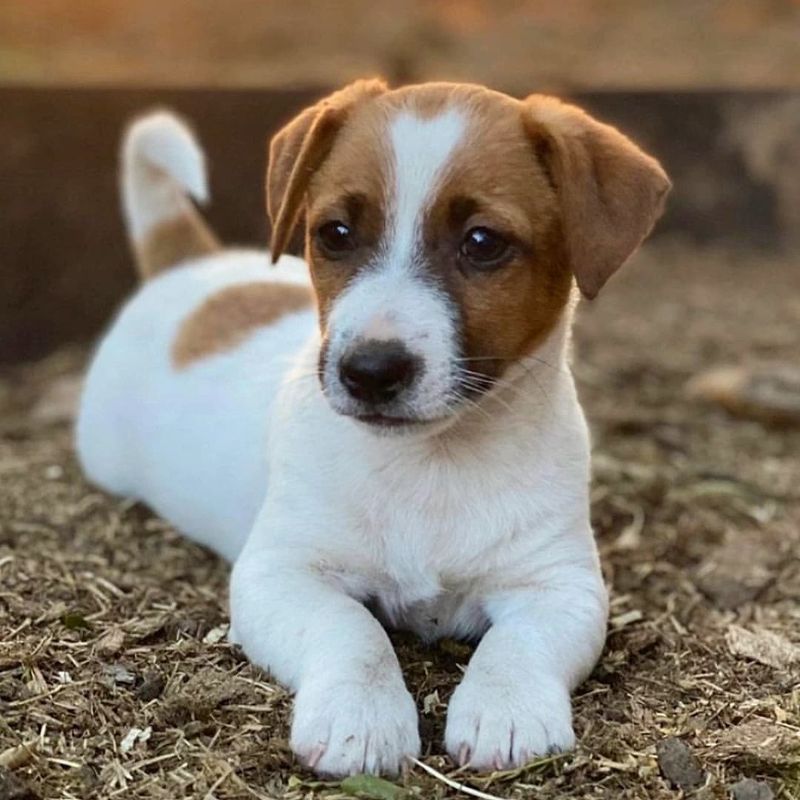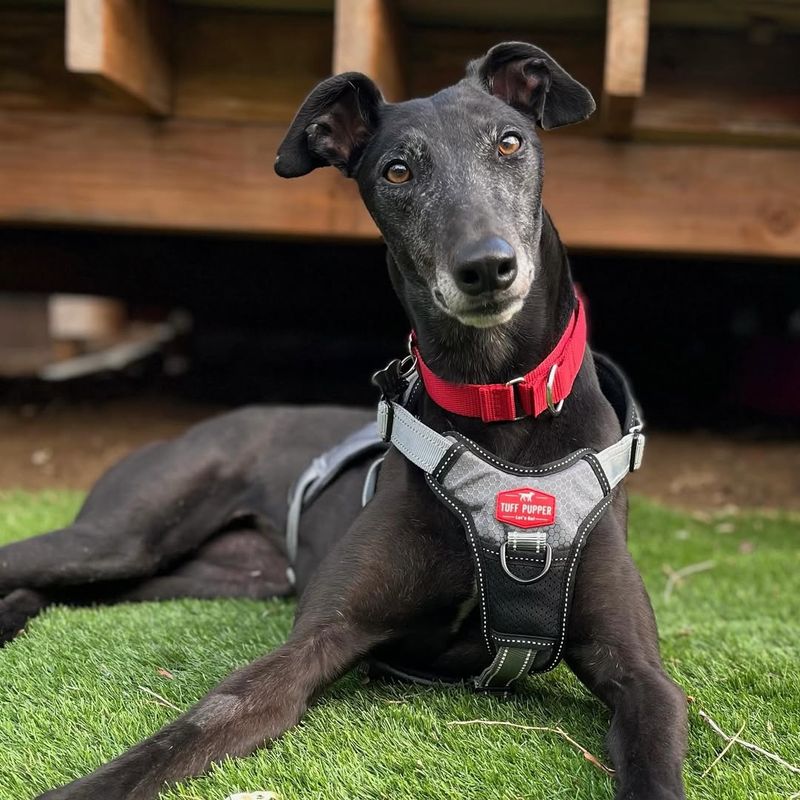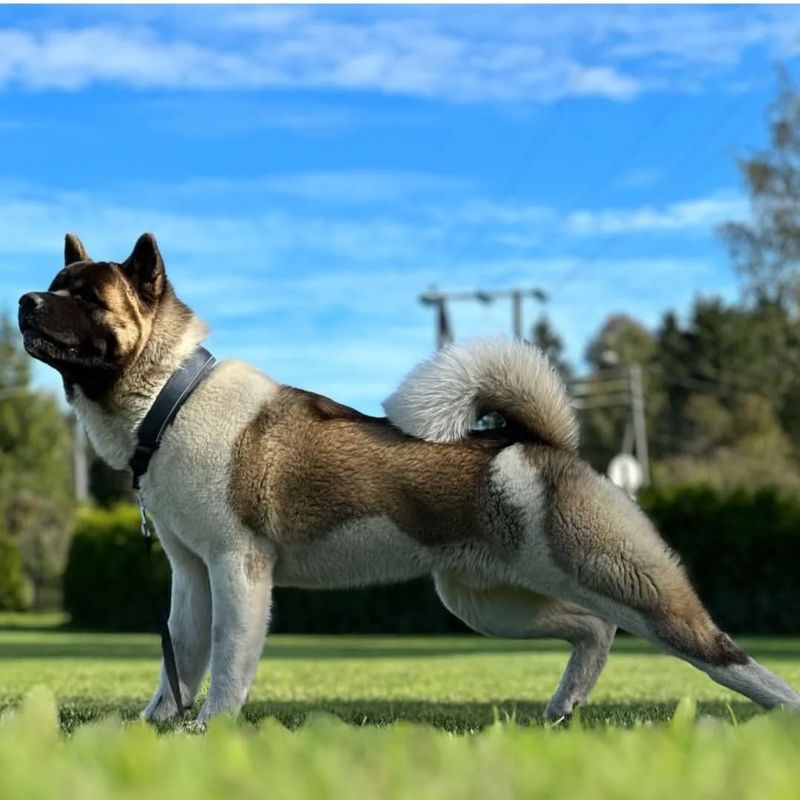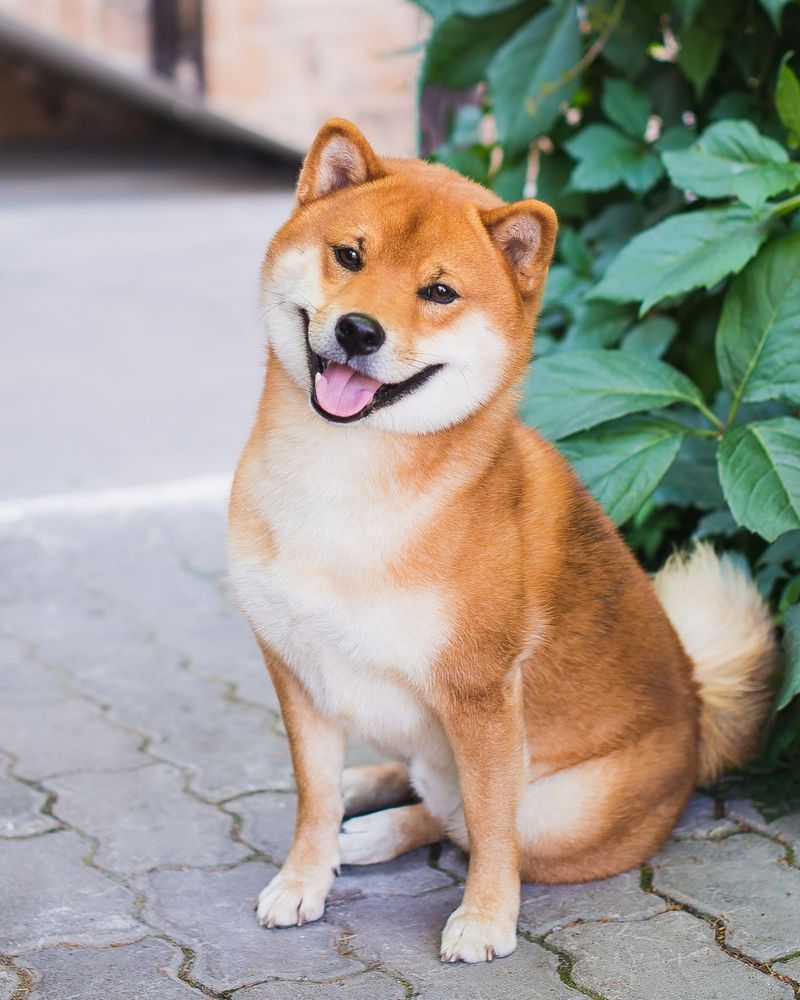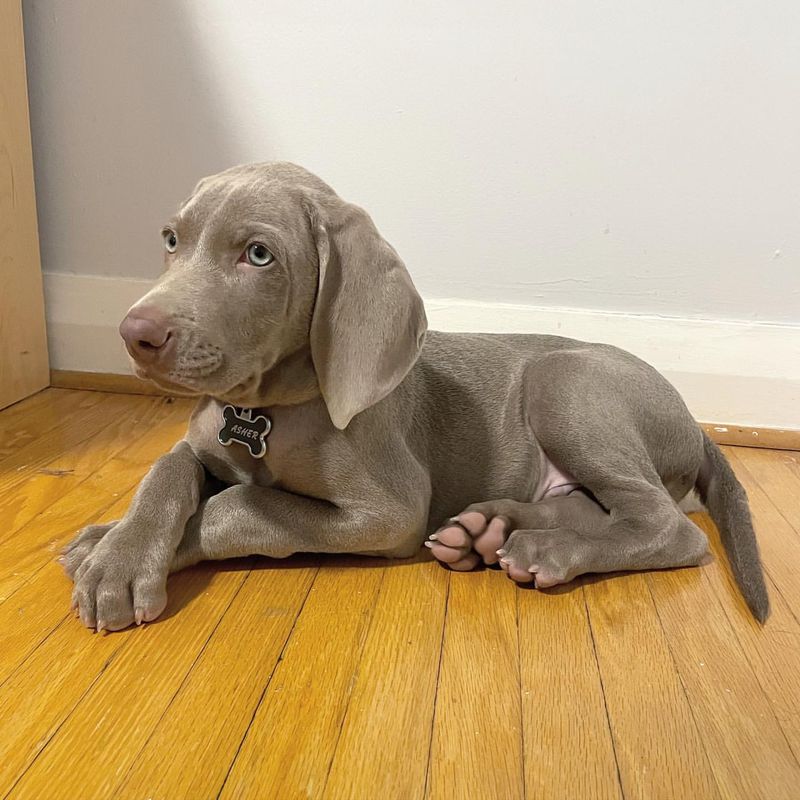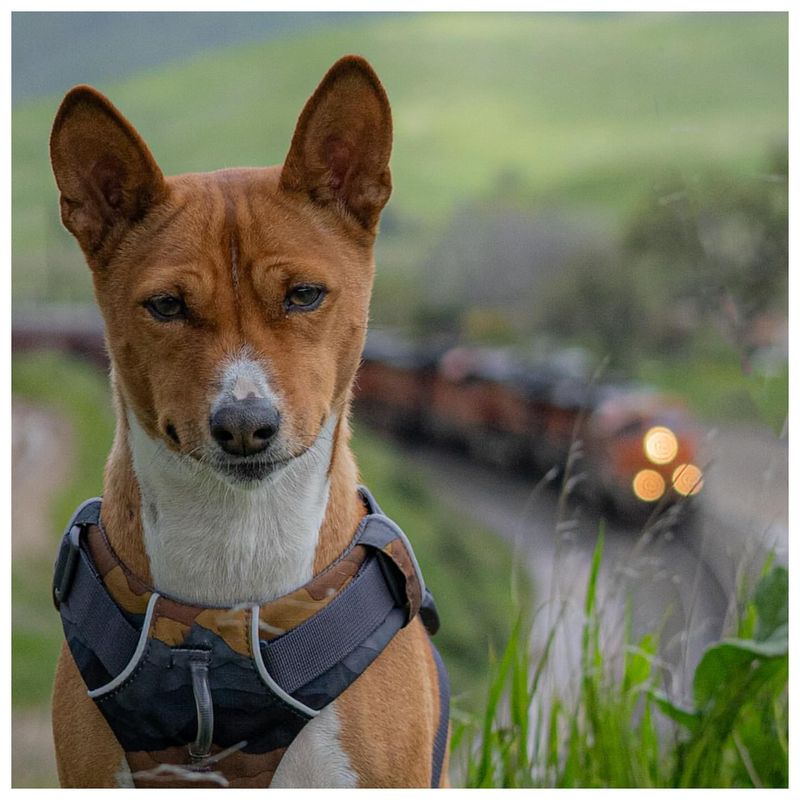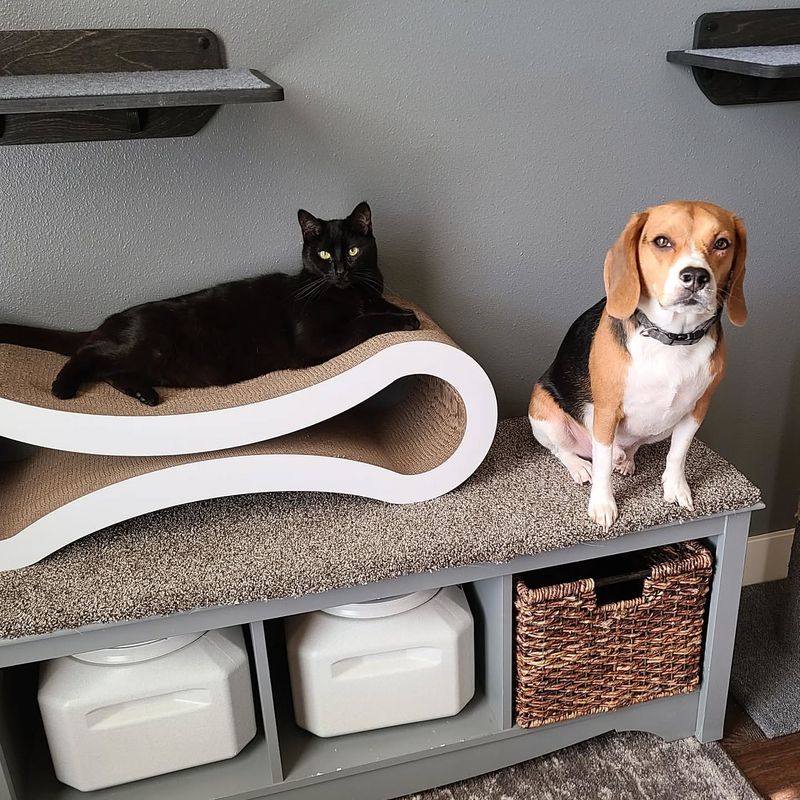📖 Table of Content:
Cats and dogs are the ultimate frenemies of the animal kingdom. While some duos achieve Disney-level harmony, others are more like oil and water.
If you’re a proud cat parent considering adding a canine companion to your home, you’ll want to choose wisely—because not all dogs are ready to embrace their inner Garfield and Odie dynamic.
Certain breeds, thanks to their history, instincts, or sheer stubbornness, might see your beloved tabby less as a housemate and more as a running target. Whether it’s their high prey drive, independent streak, or an overwhelming enthusiasm that cats just can’t vibe with, these dogs aren’t exactly feline-friendly.
So, which breeds should make you hit the “pause” button before adopting? From the energetic Siberian Husky to the spirited Jack Russell Terrier, we’re spilling the tea on the top 11 worst dog breeds to pair with cats.
1. Siberian Husky
The Siberian Husky is the poster pup for energy and mischief, and while their stunning looks can melt your heart, they might just freeze your cat in fear. Bred to pull sleds and thrive in extreme environments, Huskies are natural-born runners with a high prey drive.
To them, a darting cat might as well be a rabbit bounding across the tundra. While they’re known to be friendly with humans, Huskies aren’t always the best at respecting the boundaries of smaller housemates.
Even if your cat is the confident, queen-of-the-house type, the Husky’s boundless enthusiasm and need for play can quickly wear on their patience. And let’s be honest—Huskies aren’t exactly the type to take “no” for an answer.
Training and supervision can help, but if you’re hoping for a calm, cuddle-filled coexistence, you might want to rethink this pairing.
2. Jack Russell Terrier
Small in size but big in personality, the Jack Russell Terrier is a classic overachiever. Originally bred to hunt foxes, these pint-sized dynamos have a prey drive that’s off the charts.
If you’ve ever seen a Jack Russell in action, you know their motto is: “If it moves, I’m chasing it.” For a cat, living with a Jack Russell can feel like being under constant surveillance—or worse, in an endless game of tag.
Jack Russells are also incredibly intelligent and stubborn, which means they’re not likely to give up on their curiosity about your cat. Even the most aloof feline might find themselves relentlessly pursued. While training can help curb their instincts, it’s not easy to override generations of hunting history.
3. Greyhound
Greyhounds are the epitome of grace and speed, but don’t let their chill demeanor fool you. These former racing dogs have been bred to chase anything that runs, and guess what? Cats are pretty good at running.
While many Greyhounds adapt beautifully to retirement and can be mellow couch potatoes, their instincts to pursue small, fast-moving creatures can remain strong.
The good news is that some Greyhounds, particularly those rescued from racing, are tested for compatibility with cats. However, this isn’t a foolproof guarantee. Even the most laid-back Greyhound might get a little too excited if your cat decides to zoom across the living room.
4. Akita
The Akita is a powerful and dignified breed, known for their loyalty and protective nature. But when it comes to small animals, including cats, their hunting instincts can be hard to ignore.
Historically bred to track and hunt large game, Akitas have a prey drive that can make cohabitation with a cat a tricky endeavor.
Even if your Akita seems calm and collected, their sheer size and strength can intimidate a smaller, skittish cat. And while they’re fiercely loyal to their family, Akitas tend to view anything outside their immediate circle with suspicion—which could include your feline friend.
5. Shiba Inu
Shiba Inus may look like cuddly, fox-like companions, but don’t let their adorable appearance fool you—they’re strong-willed and independent to the core.
This breed has a personality that can be best described as “stubborn but charming,” and they’re not ones to back down from a challenge. For a cat, that challenge might be just existing peacefully in the same home.
Shibas also have a strong prey drive, and a darting cat might instantly trigger their instincts to chase. Combine that with their tendency to think they’re the boss of the house, and you’ve got a recipe for conflict.
6. Weimaraner
Often referred to as the “Silver Ghost,” this breed is as striking as they are energetic. Bred as hunting dogs, Weimaraners have an intense prey drive and a love of activity, which can make them a challenging companion for cats.
They thrive on chasing, running, and exploring, and a quick-moving cat can easily become their newest obsession.
Weimaraners also have a playful, affectionate side, but their enthusiasm can come across as overwhelming—or downright terrifying—to a feline housemate. Even if they don’t mean any harm, their large size and boisterous nature can stress out a cat who prefers the quiet life.
7. Dachshund
With their long bodies and short legs, Dachshunds might seem harmless, but these little dogs are fearless hunters at heart. For a cat, sharing a home with a Dachshund can feel like being constantly chased by an overzealous shadow.
Dachshunds are also known for their stubborn streak, which makes training a bit of a challenge. Even if they’re friendly and affectionate with humans, their hunting instincts can be hard to suppress.
If your cat is the nervous type, they might struggle to find peace with a Dachshund in the house.
8. Airedale Terrier
As the largest of the terriers, the Airedale is bold, energetic, and always ready for action. This breed was originally developed to hunt otters and other small animals, so it’s no surprise that their prey drive can be a problem in a multi-pet household.
Airedales are intelligent and independent, which means they often follow their instincts, even when you wish they wouldn’t.
Cats might find an Airedale’s playful energy overwhelming, especially if the dog interprets their movements as an invitation to play—or chase.
While they can sometimes learn to live peacefully with cats through proper training and socialization, their natural instincts make it an uphill battle.
9. Basenji
The Basenji is a unique breed known for its lack of barking and its cat-like independence. But don’t let that fool you into thinking they’ll get along with an actual cat.
Basenjis are ancient hunters, and their sharp prey drive makes them quick to chase anything that catches their eye—including your feline friend.
They are also highly intelligent and curious, which means they’re likely to investigate your cat’s every move. For a cat who values their personal space, this constant attention can be downright exhausting.
10. Beagle
Beagles are lovable, outgoing, and full of charm—but they’re also scent hounds with a strong instinct to chase. Originally bred to track small game, Beagles have an unrelenting curiosity that often leads them straight to trouble.
A cat darting across the room might be too tempting for a Beagle to resist, turning your living room into an impromptu racetrack.
Even when they’re not chasing, Beagles can overwhelm cats with their playful, social nature. Their persistent sniffing and general enthusiasm can quickly wear on a cat’s nerves.
While Beagles are great family dogs, their compatibility with cats depends heavily on the personalities of both pets—and your willingness to supervise their interactions.
11. Alaskan Malamute
Alaskan Malamutes are large, strong dogs known for their endurance and ability to thrive in cold climates. Bred as sled dogs, they have a high prey drive and strong pack instincts, which can create challenges in homes with cats.
These dogs are independent and require firm leadership and consistent training to manage their behaviors. Malamutes often see smaller animals, including cats, as prey, leading to potential conflicts in a multi-pet household. Their size and strength mean they can unintentionally harm smaller creatures during play.
If you have a cat and are considering an Alaskan Malamute, ensure that your home has separate areas for each pet and that interactions are carefully supervised.
